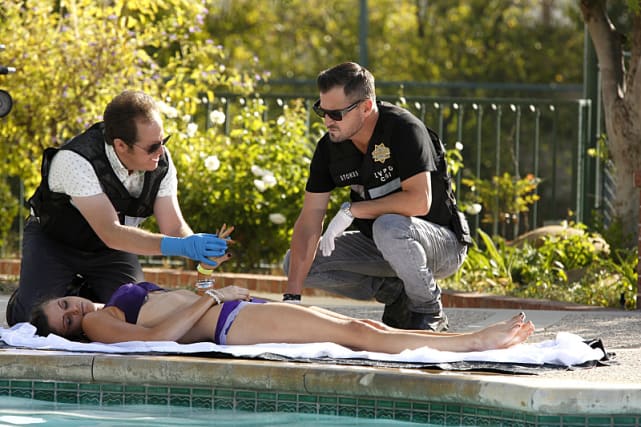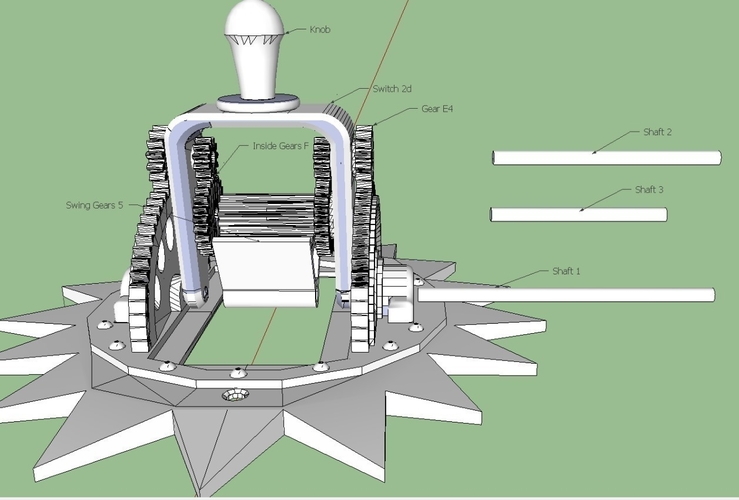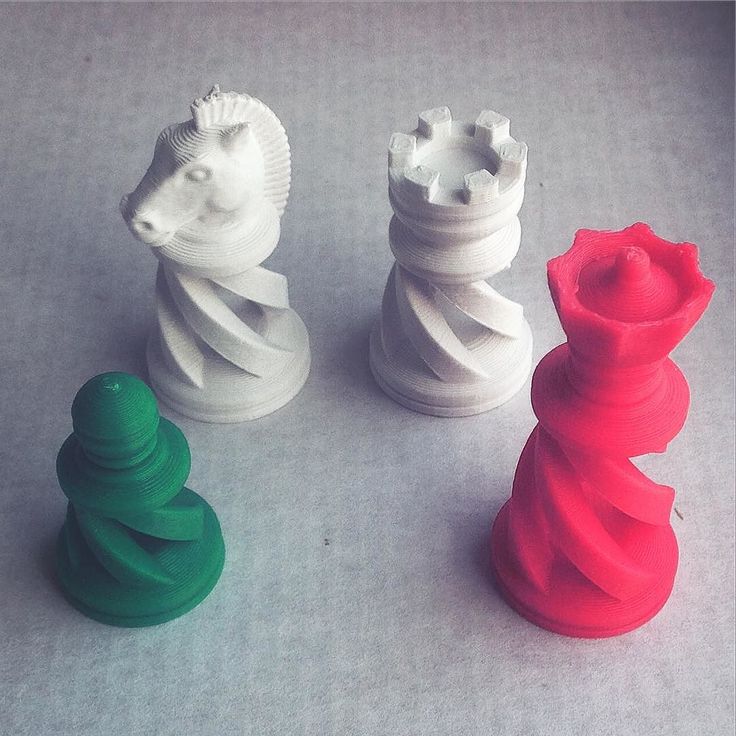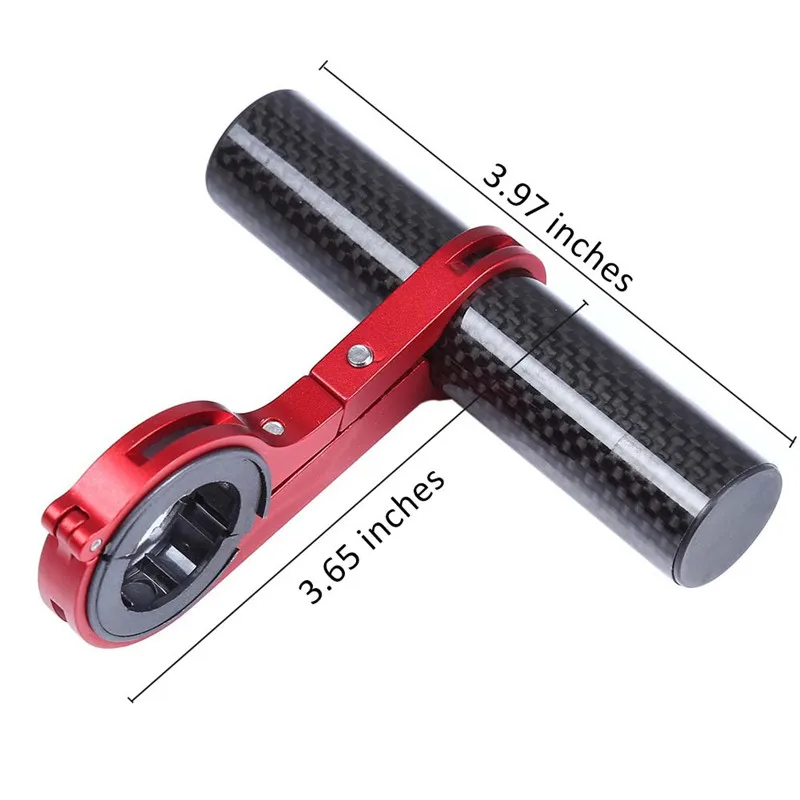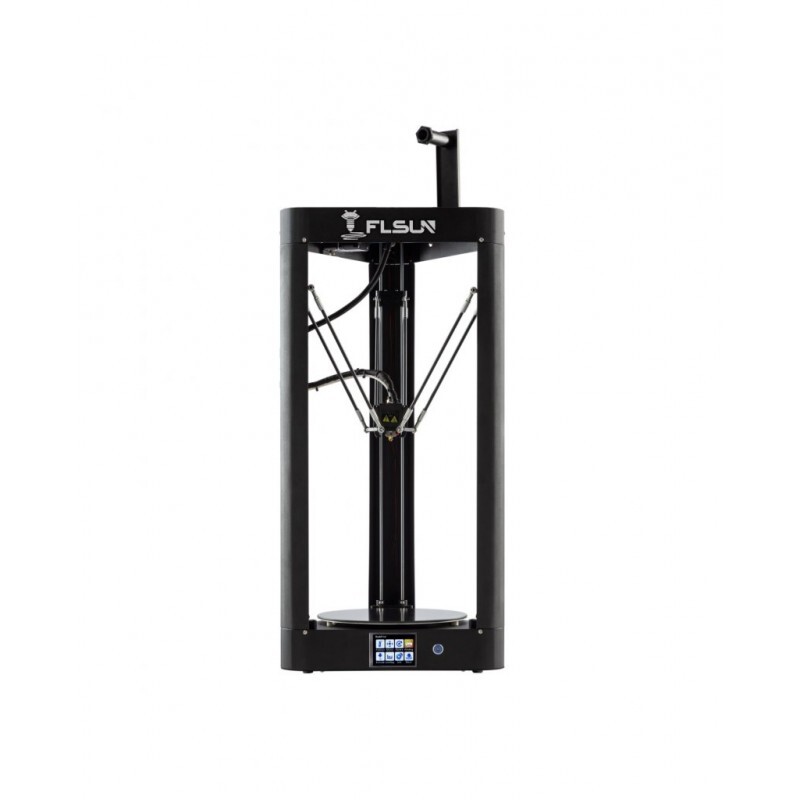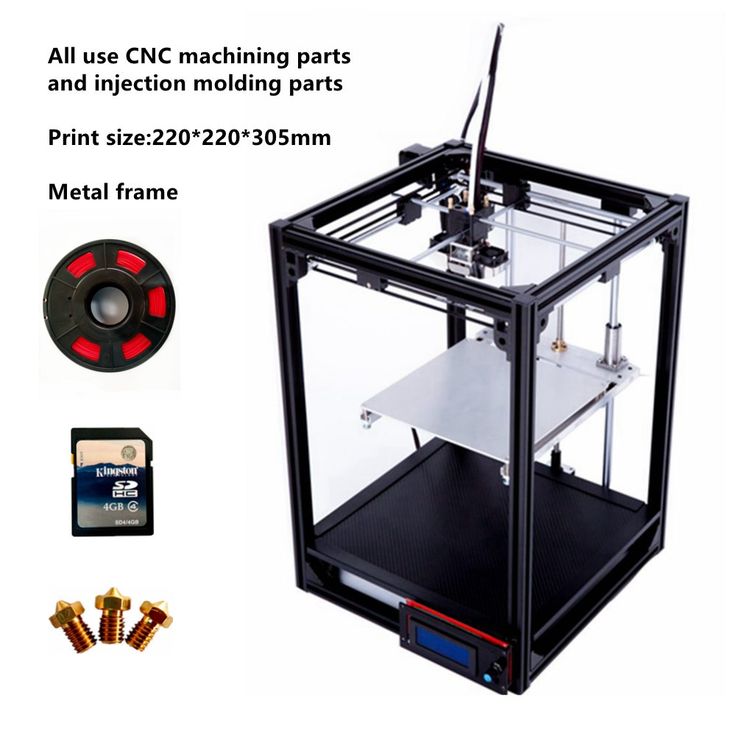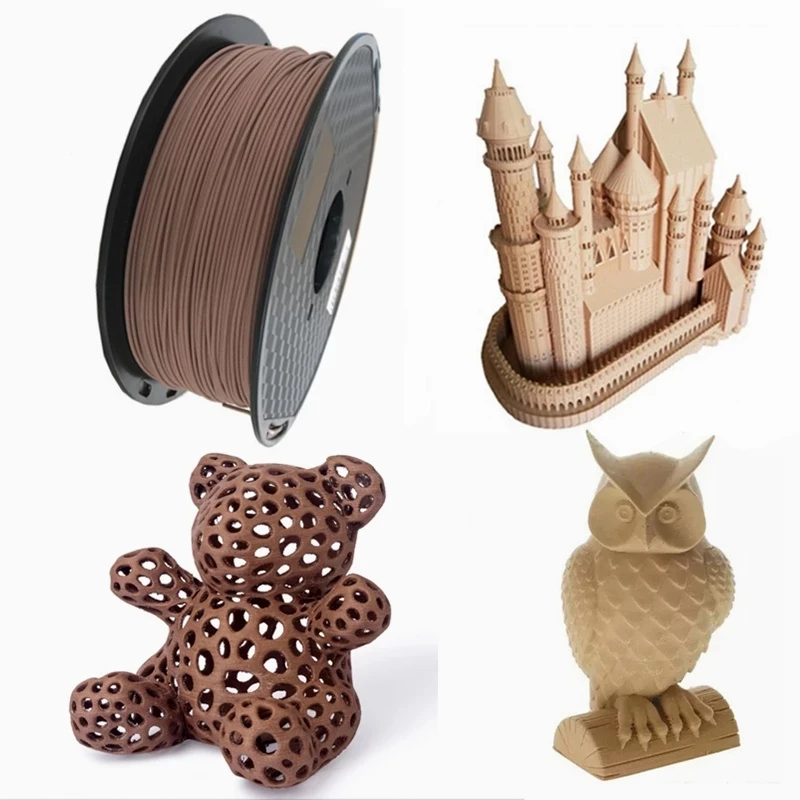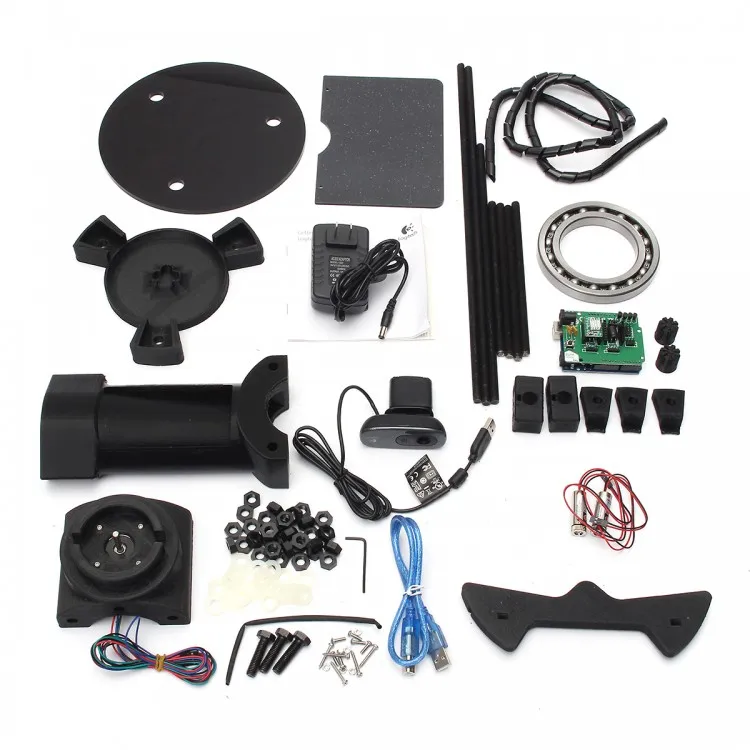Crime scene 3d scanner
How 3D Scanning Rebuilds Crime Scenes for Courtrooms
The use of 3D laser scanners is expanding the role of geospatial technology in criminal investigations. The technology is being used to produce accurate, feature-rich visualizations of crime scenes that put evidence into context for judges and juries.
Crime scene investigators with larger US metropolitan police departments and state patrols are increasingly deploying 3D laser scanners to tell detailed, data-based stories that will withstand public and legal scrutiny while bringing justice to victims. 3D laser scanning technology is being used to accurately depict the relational aspect of each piece of evidence so investigators can rebuild and reconstruct crime scenes. This is a powerful investigation tool, especially as legal systems grow more comfortable with high-tech evidence in courtrooms.
In this digital age, the use of 3D laser scanners is expanding the role of geospatial technology in crime scene investigations. As a result, rather than having to rely on photographic imagery alone, judges and juries are able to see accurate, feature-rich visualizations that recreate the scene of the crime and put complex evidence into context.
This relational aspect is important to investigators because they can capture accurate locations of evidence, reconstruct the scene in its end state and rebuild the circumstances that led to that end. The result is a more comprehensive investigation that goes beyond the capabilities of the traditional forensic tools or the talents of the humans hired to record a scene. As acceptance grows for high-tech tools in the courtroom, 3D scanning is likely to become a standard forensic practice.
In this mock-up, a point cloud of a clandestine grave site was created using a Trimble Forensics SX10 solution and is displayed in Trimble RealWorks.
Forensics ToolsThe documentation of crime scenes is a painstaking process complicated by a short time to collect evidence, logistical challenges of many people working at the scene, and the need to quickly determine what might be relevant in a trial that will not take place until months, or possibly years, later.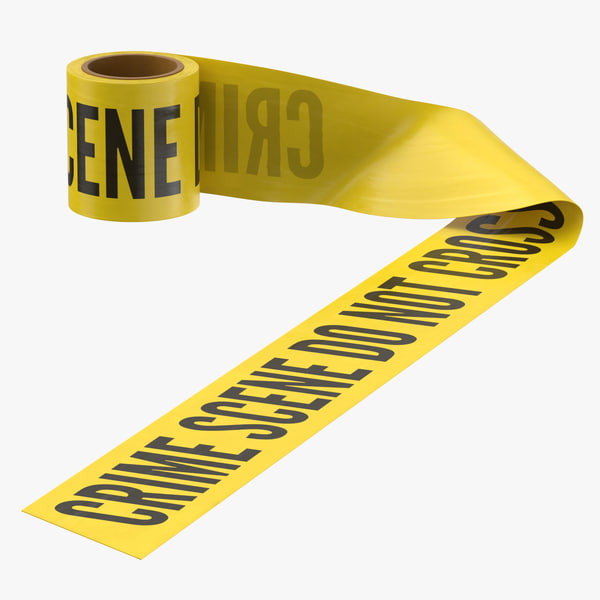 Traditional forensic tools include cameras (stills and video images), tape measures and measuring wheels. As geospatial technology has advanced into other industries, it has also entered the forensics investigator’s toolbox, which has grown to include unmanned aerial vehicles (UAVs or ‘drones’), photogrammetric analysis, total stations, GNSS systems and, more recently, 3D laser scanners.
Traditional forensic tools include cameras (stills and video images), tape measures and measuring wheels. As geospatial technology has advanced into other industries, it has also entered the forensics investigator’s toolbox, which has grown to include unmanned aerial vehicles (UAVs or ‘drones’), photogrammetric analysis, total stations, GNSS systems and, more recently, 3D laser scanners.
3D scanning systems in particular have the power to bring a crime scene into the courtroom through photorealistic 3D models using methodical, scientific approaches. They allow analysts to collect precise dimensions, evidence and features to be recorded for later analysis. By capturing large amounts of data quickly, 3D scanners enable investigators to create a complete 360-degree image of a scene in a matter of minutes.
In this mock-up of a crime scene in a hotel room, a variety of objects of evidence are identified in the point cloud relative to each other and the entire room in 3D.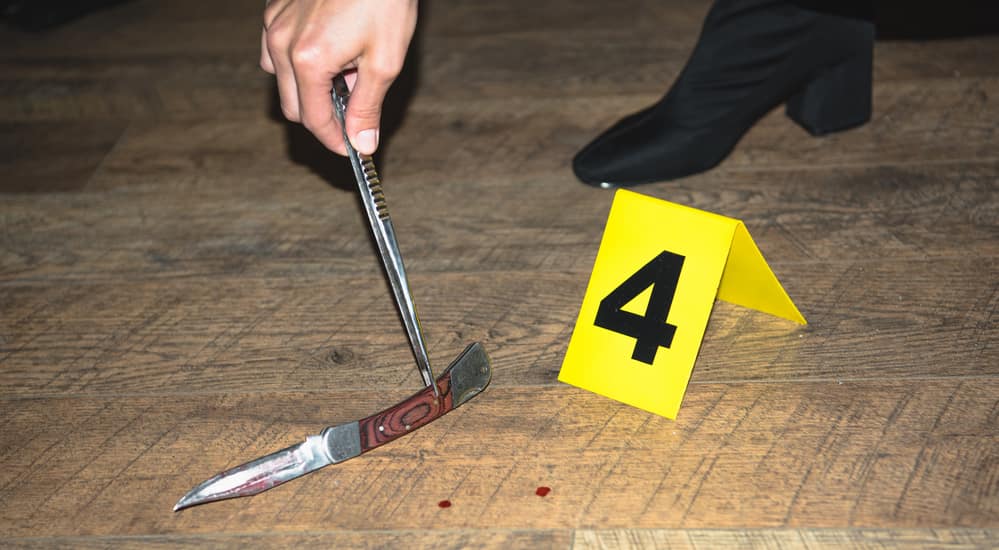 It was created using a Trimble X7 3D laser scanning system combined with Trimble Perspective field software.
It was created using a Trimble X7 3D laser scanning system combined with Trimble Perspective field software.
There are two main technologies used within 3D laser scanners to accurately determine the location of an object with respect to the scanner position: time of flight or phase shift-based technology. In the past, there was a distinct difference between systems using the different methods. Time of flight scanners were slow (a 360° scan could take more than 30 minutes) and offered lower resolution (point density) but had a great distance range (100-1,000 metres) to obtain a return from an object. Phase shift-based systems were fast (a 360° scan would take approximately five minutes) with high density but had limited range (>80 metres) and did not perform well in full sunlight. However, with today’s advances in technology, this difference between methods is not as pronounced; time of flight systems are now collecting data as fast and as densely as phase shift-based systems, which in turn now have increased range. For example, 3D point accuracy can be in the order of six millimetres at 40 metres on a scan that takes under three minutes to complete (including image capture) and collects approximately 12 million points. Today, some 3D laser scanning systems include automatic levelling and automatic calibration features.
For example, 3D point accuracy can be in the order of six millimetres at 40 metres on a scan that takes under three minutes to complete (including image capture) and collects approximately 12 million points. Today, some 3D laser scanning systems include automatic levelling and automatic calibration features.
Until recently, 3D scanners were slower to be adopted by forensics teams, mostly because resources are tight for law enforcement agencies. While violent, heinous crimes are a smaller portion of incidents investigated by law enforcement agencies, crime scene units sometimes have more access to newer technologies due to the seriousness of the offences. By delivering accuracy and precision quickly, scanning solutions help investigators reconstruct crime scenes methodically and build stronger cases. Part of the value of using 3D scanners to investigate crimes is that evidence can be documented, analysed and processed later, as needed. Besides enabling investigators to clear a scene more quickly, this is also useful if new evidence surfaces or if suspects change their stories.
Besides enabling investigators to clear a scene more quickly, this is also useful if new evidence surfaces or if suspects change their stories.
3D scanning allocates a coordinate to almost any object the laser hits – from bodies to blood splatter to bullet holes. In addition, point cloud data can reveal missed evidence or enable collected evidence to be considered in new ways. By changing the intensity values in a point cloud, objects with different reflectivity are revealed, such as footprints in a grassy area that might otherwise go unnoticed in standard black and white imagery. The higher the density settings and the closer to the item, the closer together the points on an object will be. Conversely, objects farther away from the scanner will have lower density settings and some space between points.
A knife is revealed as important potential evidence in this mock-up of a crime scene. Images can be attached directly to the point cloud.
Since a 3D scanner can only collect data it receives from a return signal, for a complete 3D representation more than one scanner set-up location is needed to collect the reverse side of objects or other hidden items. With multiple scan positions around an object or scene, the density of the scan will increase, filling in gaps in the point cloud. Previously, users had to stitch together multiple scans from various set-up locations, utilizing specific office software and powerful computers. Today this ‘stitching’ of the data can be performed at the scene on a tablet as the scans are being taken. The investigator can then review the 3D data as collected prior to leaving the scene.
With multiple scan positions around an object or scene, the density of the scan will increase, filling in gaps in the point cloud. Previously, users had to stitch together multiple scans from various set-up locations, utilizing specific office software and powerful computers. Today this ‘stitching’ of the data can be performed at the scene on a tablet as the scans are being taken. The investigator can then review the 3D data as collected prior to leaving the scene.
To truly explore the value of 3D scanning at crime scenes it is necessary to discuss some of the more sensitive areas of evidence: bodies, blood and bullets.
BodiesIn the case of violent crimes, the bodies of perpetrators, victims and witnesses – whether alive, injured or dead – are key evidence. A focus in any violent crime investigation is determining where an individual was located, as well as the points of view of all involved. The point clouds generated by 3D laser scans can serve as walk-through visualizations of a scene, giving jurors various points of view in the crime scene.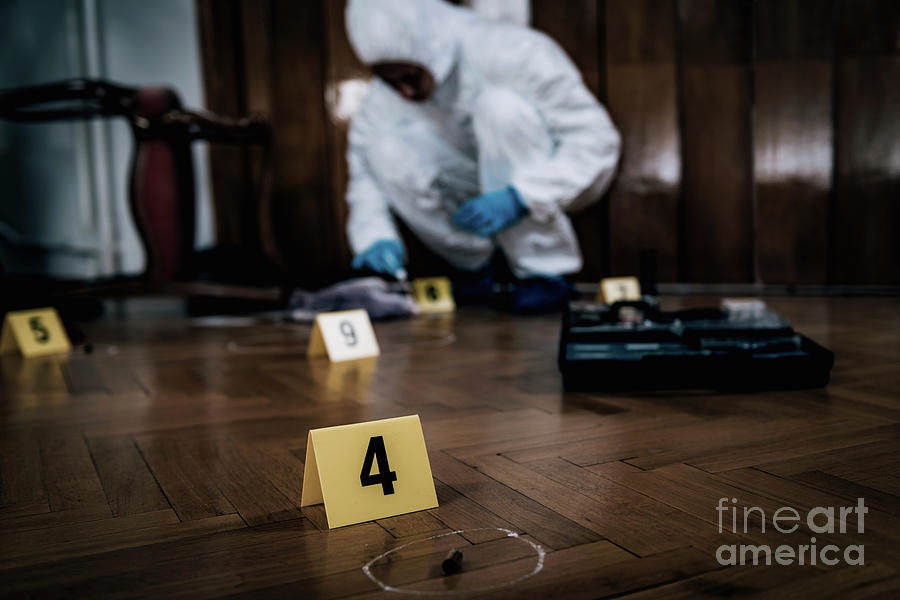 Because the data collected by 3D scanners generates a very dense collection of points that have a location in space, very accurate measurements can be obtained. Point clouds are often colourized by the images that are taken by the 3D scanner at the time of data collection. This colourization enhances the visualization and can give jurors the sense that they are at the scene with spatial and visual reference.
Because the data collected by 3D scanners generates a very dense collection of points that have a location in space, very accurate measurements can be obtained. Point clouds are often colourized by the images that are taken by the 3D scanner at the time of data collection. This colourization enhances the visualization and can give jurors the sense that they are at the scene with spatial and visual reference.
From this angle, the point cloud reveals the larger apartment space, helping to establish the proximity of evidence and activity. A point cloud can be used for a complete perspective of a crime scene from different viewpoints.
BloodThere is a science around blood splatter that analyses the direction and shape of how the blood has landed on walls, floors or other surfaces. Are the drops big or small? Do they form a spray pattern? Questions like this, explained through the 3D reconstruction, reveal the possibilities of what occurred.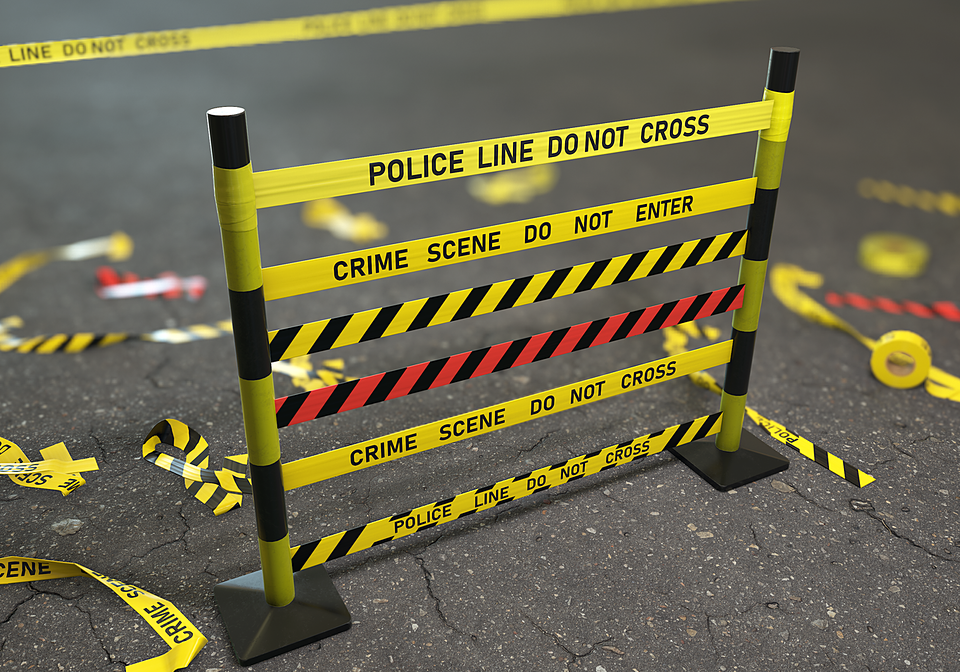 If blood drops are small, a technician would want to use a high-density setting and scan the area from different positions. Larger pools of blood as well as blood smears from a crawling victim or footprints from a perpetrator can all be captured with a 3D scanning solution. Moreover, light is not required to scan a scene. A grayscale value can be assigned to certain points based on the intensity of the signal received by the instrument, revealing differences between the blood on the floor and the floor itself. This means it is possible to scan a dark scene, view the point clouds and analyse the different intensities to produce a photorealistic model from a completely dark setting.
If blood drops are small, a technician would want to use a high-density setting and scan the area from different positions. Larger pools of blood as well as blood smears from a crawling victim or footprints from a perpetrator can all be captured with a 3D scanning solution. Moreover, light is not required to scan a scene. A grayscale value can be assigned to certain points based on the intensity of the signal received by the instrument, revealing differences between the blood on the floor and the floor itself. This means it is possible to scan a dark scene, view the point clouds and analyse the different intensities to produce a photorealistic model from a completely dark setting.
3D laser scanning technology also provides advantages in investigating shootings. Assessing a scene where a gun was fired requires analysis of all aspects including the location of the gun and where the shooter was positioned, as well as the resulting bullet holes (‘wall defects’). If the bullet hole is prevalent enough, specially trained investigators will use a trajectory rod to indicate from which direction the bullet entered the wall and where the shooter was standing. By putting a rod into the hole and scanning it, investigators can get an accurate representation of the path taken by the bullet and, likely, a location for the shooter. If there are multiple bullet holes, the intersection of the possible directions will give an investigator a likely position and height of the weapon when fired.
If the bullet hole is prevalent enough, specially trained investigators will use a trajectory rod to indicate from which direction the bullet entered the wall and where the shooter was standing. By putting a rod into the hole and scanning it, investigators can get an accurate representation of the path taken by the bullet and, likely, a location for the shooter. If there are multiple bullet holes, the intersection of the possible directions will give an investigator a likely position and height of the weapon when fired.
A blood stain is revealed in this scan both by point cloud and the attached image.
Technological AdvancesData visualization is a major component of modern forensics work, and 3D laser scanning technologies with better workflows are making it easier and faster to achieve storytelling that holds up in court. Faced with challenging environments, law enforcement agencies need scanning solutions that are fast, easy to operate and complete in their data. Barriers to acquiring the 3D scanning solutions are increasingly coming down, with recent advances decreasing the cost of ownership while also providing new features, such as automatic infield registration, elimination of the need for annual calibration, longer warranties, and data capture capabilities from highly reflective and dark surfaces. Thanks to built-in integrations, varying geospatial forensics technologies can work together, enabling investigators to collect evidence and create diagrams, animations and fly-through models that tell an accurate story of the events. The models bring clarity and build understanding of complex testimonies and exhibits, delivering immense value to the criminal justice system.
Barriers to acquiring the 3D scanning solutions are increasingly coming down, with recent advances decreasing the cost of ownership while also providing new features, such as automatic infield registration, elimination of the need for annual calibration, longer warranties, and data capture capabilities from highly reflective and dark surfaces. Thanks to built-in integrations, varying geospatial forensics technologies can work together, enabling investigators to collect evidence and create diagrams, animations and fly-through models that tell an accurate story of the events. The models bring clarity and build understanding of complex testimonies and exhibits, delivering immense value to the criminal justice system.
Viewing the point cloud from this angle clarifies the relative positioning of the evidence to the room entrance.
Keep abreast of news, developments and technological advancement in the geomatics industry.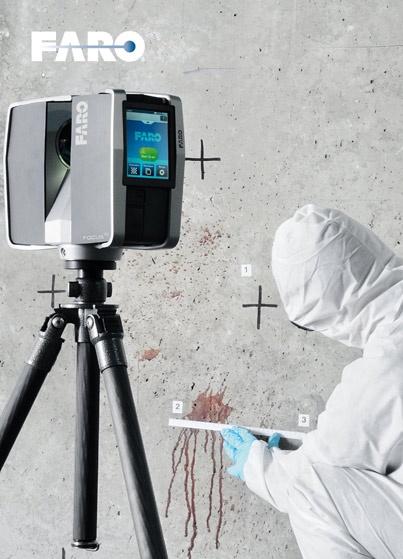
3D scanners for forensics — best Artec 3D scanning solutions
Scan data courtesy of Origin Forensics
Applications
Crime scene documentation and reconstruction
Artec’s professional 3D scanning solutions help you capture crucial data in a matter of minutes: examine and document crime scenes indoors and outdoors, night or day.
Crash reconstruction
Documenting forensic crash evidence following serious vehicle accidents? With Artec 3D scanners, it’s that much faster, easier, and safer.
Collecting and digitizing evidence
No more lost, compromised, or out-of-context data: Artec scanning technology helps you record and document all critical evidence onsite, so you can then revisit and analyze any evidence later on, even details you or other investigators may have overlooked in person.
Running simulations for various crime scenarios
Reconstruct pieces of evidence in a digital environment, use 3D data for extensive forensic analysis, and export it for crime scene simulations, to visualize multiple scenarios on your screen.
Creating virtual crime scenes for court
Use 3D scanning to thoroughly capture details for presenting lifelike virtual replicas of evidence during pre-trial and court hearings.
Forensic anthropology & odontology
3D scan human skeletal remains and entire death scenes to determine the identity of the deceased, estimate the time of death, and interpret any signs of trauma present.
A leading forensic anthropologist discovers a way to quickly 3D scan bones, skeletons, and entire death scenes, as well as to minimize 3D data processing time – with Artec 3D
“Artec has truly changed the face of forensic anthropology with Space Spider, Leo, and Ray. I’ve integrated Artec’s solutions into my daily field work as well as my regular and special classes for investigators, law enforcement officers, and college students, and the results have been nothing short of spectacular.”
Forensic anthropologist Dennis C. Dirkmaat, Ph.D., D-ABFA
Dirkmaat, Ph.D., D-ABFA
Read full story
In the media
Modern forensics: solving crimes in 3D with new technologyTrends der Zukunft
3D Scanning Technology for Faster Autopsy DocumentationACSR Journal
Face scans for 3D visualization projects at Liverpool School of Art and Design3Druck.com
User-friendly portable 3D scanner with an inbuilt touchscreen and intuitive UI for easy 3D scanning.
Learn more
Our bestselling 3D scanner. Fast, versatile, and accurate.
Learn more
A metrological structured-light 3D scanner, set apart with its ability to render complex geometry, sharp edges, and thin ribs in high precision.
Learn more
Powerful long-range laser 3D scanner with an inbuilt battery, for precise capture of large objects.
Learn more
Metrology-grade desktop 3D scanner for quality control, inspection, jewelry, medical/dental components, etc.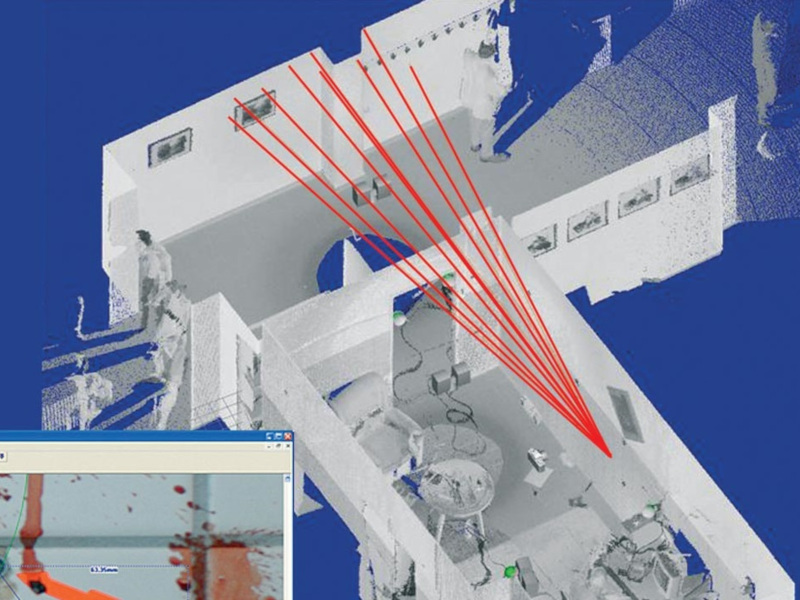
Learn more
Leading forensic anthropologist 3D scans bones, skeletons, and entire death scenes quickly, with minimal post-processing work
“When I got my Space Spider and put it to work in the field – even though I was a beginner with the scanner – what used to take a full afternoon with my old scanner, now took me only an hour or less. To say that I’m highly pleased would be an immense understatement.”
Dr. Dennis Dirkmaat, PhD
Read the full story
3D scanning with Eva beats photography in a study on forensic methods
“The Artec Eva was successfully able to scan the bullet trajectory setup, making it ideal for autopsy situations where a bullet trajectory needs to be documented.”
Researchers at the University of Toronto
Read the full story
Scanning bones to reconstruct the appearance of people and animals
“Artec Eva has been a great hit with the students, who amongst other things are learning forensic facial reconstruction techniques to aid in the recognition of unidentified human remains. ”
”
Dr. Caroline Erolin, University of Dundee’s Centre for Anatomy and Human Identification
Read the full story
User-friendly portable 3D scanner with an inbuilt touchscreen and intuitive UI for easy 3D scanning.
Learn more
Our bestselling 3D scanner. Fast, versatile, and accurate.
Learn more
A metrological structured-light 3D scanner, set apart with its ability to render complex geometry, sharp edges, and thin ribs in high precision.
Learn more
Powerful long-range laser 3D scanner with an inbuilt battery, for precise capture of large objects.
Learn more
Metrology-grade desktop 3D scanner for quality control, inspection, jewelry, medical/dental components, etc.
Learn more
High-resolution scan of a man’s head
Artec Leo
This face was scanned with Artec Eva in 1 minute
Artec Eva
Human skeleton in gorgeous HD
Artec Eva in HD Mode
All the organic geometries of a squirrel skull
Artec Micro
Hand bones masterfully captured with Artec Space Spider
Artec Space Spider
Hyper-realistic car: Artec Leo scans + photogrammetry
Artec Leo
90,000 3D scanners from shining 3D change the appearance of forensicsApplication
Subscribe to
Subscribe
I do not want
2
Fast, accurate non-contact 3D EINSCAN scanners help investigators and forensic experters increase the efficiency and objectivity processes around the world. We share examples.
We share examples.
When police find a lifeless body at the scene of a crime, it is usually quickly packed and taken to the morgue, where forensic and pathologists are taken over to examine the remains, trying to determine the cause of death and other details. Photographing a crime scene also helps to restore the picture of what happened, but does not guarantee that all the details and evidence will be captured on the frames. The crime scene and physical evidence can be sealed for further study, but there is no guarantee that the evidence will not be damaged or disappear altogether. 3D scanning technologies help to get and save a more accurate picture. nine0003
SHINING 3D participates in the "Evidence Cloud" of the Jiaxing City Central Court in Zhejiang Province. Combining high-precision 3D digital technology, artificial intelligence and blockchain, the cloud platform is widely used in criminal evidence collection, murder weapon detection, and other areas of forensic science and forensics, which not only improves the efficiency and accuracy of crime scene inspection, but also facilitates subsequent digital archiving and analysis. nine0003
nine0003
Application
Evidence collection and 3D digitization
The EinScan Pro HD Multifunctional Handheld 3D Scanner is able to quickly collect 3D evidence information, create highly accurate 3D models, upload them to the blockchain platform, and automatically generate unique QR codes for access by judges and prosecutions and protection.
3D crime scene restoration
The EinScan H handheld color 3D scanner with visible and infrared hybrid illumination adapts to a wide range of objects, including footprints, blood and weapons. The system allows accurate reproduction of crime scenes in digital three-dimensional form. Investigators can then use the resulting 3D data to 3D model, reconstruct, and animate scenes to help solve cases and gather evidence for lawsuits.
Identification and analysis of footprints
The EinScan Pro HD multifunctional handheld 3D scanner is able to quickly scan areas of the ground without the use of markers and produce high-precision 3D models of surfaces and tracks with high detail.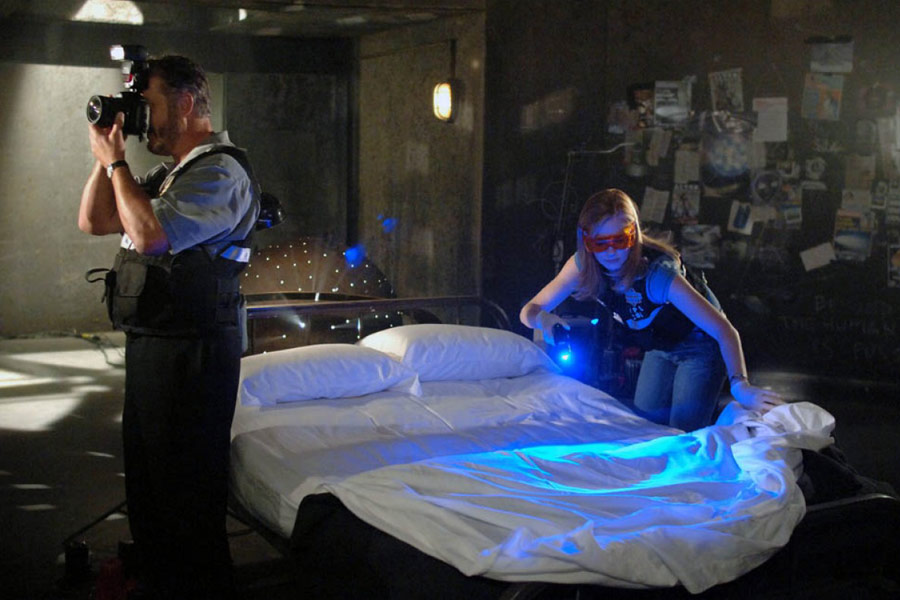
Injury identification
EinScan Pro 2X 2020 multi-function handheld 3D scanner with white LED structured illumination technology, can quickly collect 3D data of injured areas of the body with a high degree of detail, and then carry out identification and analysis using Zhen 3D intelligent forensic system from Anzheng Technology . nine0003
If you are interested in EinScan handheld 3D scanners or other digital solutions from SHINING 3D, welcome to visit our official website.
Faro 3D used to scan Roswell crime scene (video)
Faro 3D used to scan Roswell crime scene (video)Sign in
Welcome!Log into your account
Your username
Your password
Have you forgotten your password? nine0003
Password recovery
Recover your password
Your email address
Home Inventions Faro 3D uses...
3D imaging company Faro has a new invention that will be used to scan crime scenes. The Rosewell Police Department, USA, has purchased a Faro Focus3D scanner. This allows police officers to create specific maps of crime scenes. These cards are able to provide information about the crime and examine it in a computer. nine0003
The Rosewell Police Department, USA, has purchased a Faro Focus3D scanner. This allows police officers to create specific maps of crime scenes. These cards are able to provide information about the crime and examine it in a computer. nine0003
Faro is a supplier of 3D measurement, imaging and new technologies. The special Focus3D scanner is able to scan the millions of points that are within its sensing element and creates a detailed 3D color image. By moving the scanner from one point to another, and making several scans, the user can create a highly accurate 3D map of the area.
In addition to a first-class laser, Faro Focus3D uses various sensors to collect data. It includes GPS, compass and altitude sensor. The device successfully focuses at a height of 60 centimeters to 330 meters. With such work, the error in the result is only 2 millimeters. The scanning process with the Faro Focus3D scanner takes only a few minutes. This time is enough for the device to compile the exact number of points and “link” them into one final result.